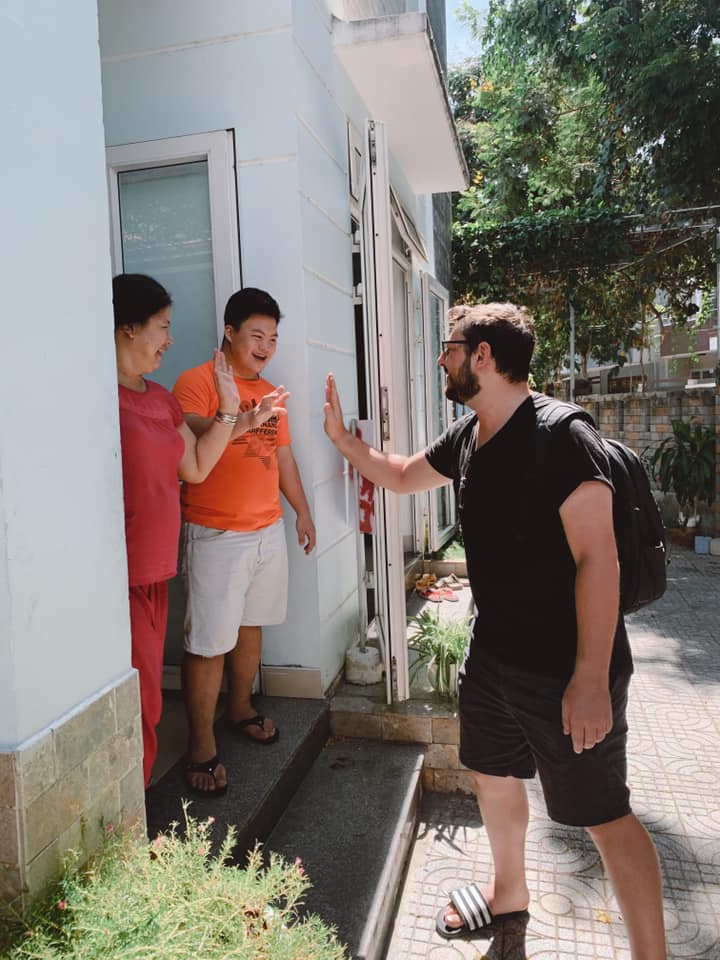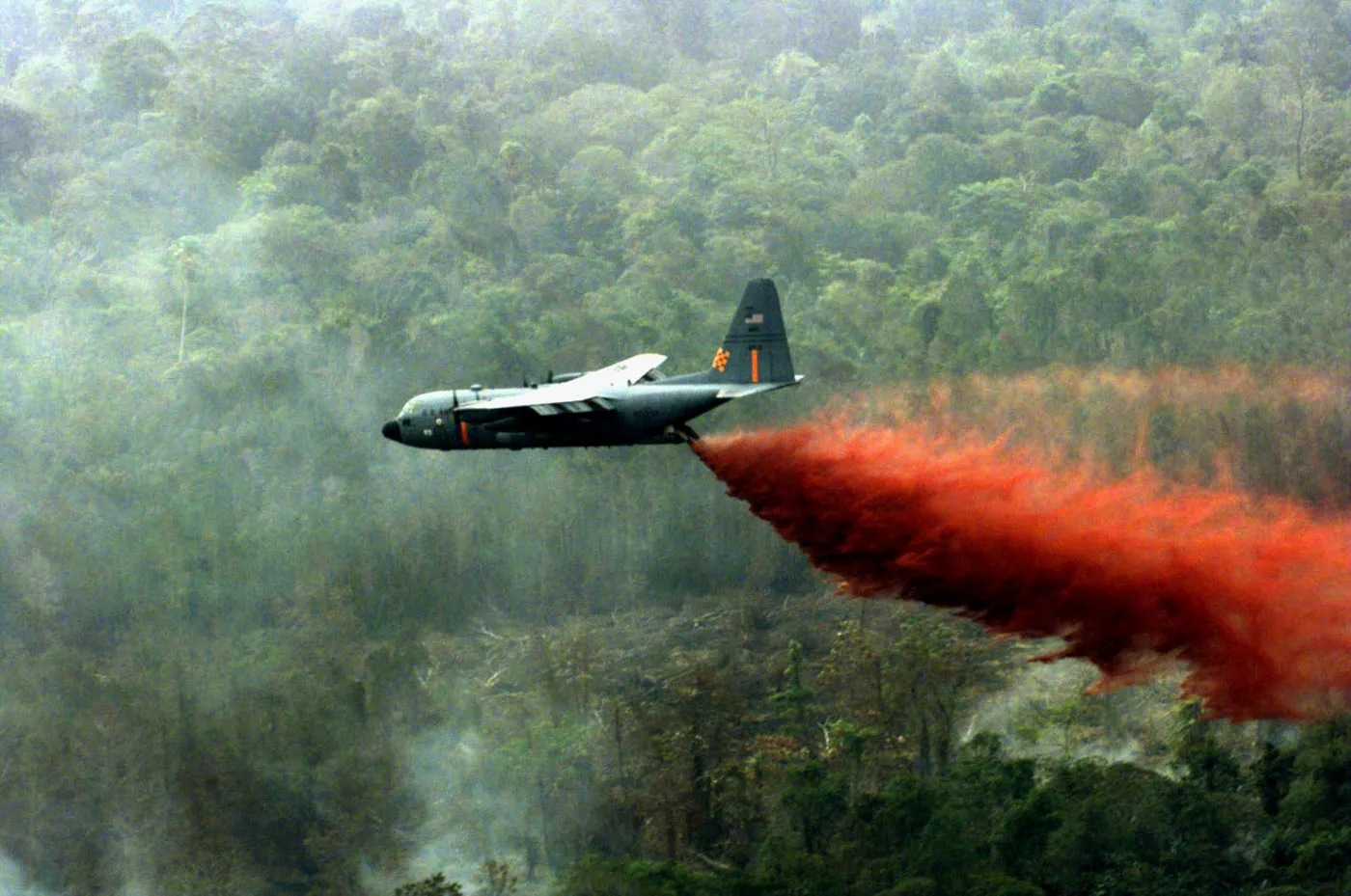Agent Orange is a well-known US chemical associated with the Vietnam War. While the name is recognized, the lasting effects throughout Vietnam are less understood. Many assume that the violence of the war is long over. However, the reality is that a military campaign that technically ended almost 50 years ago is still taking lives today.
The Impact of Agent Orange
Agent Orange was one of many herbicides used by the U.S. Army between 1961 and 1971 during the Vietnam invasion. Although the military produced a range of “rainbow herbicides,” Agent Orange was the most widely used. Its effects are still being felt today by millions.
The chemical ingredient in the herbicide, dioxin, is linked to cancers such as leukemia and lymphoma and causes psychological and neurological problems. Dioxin also affects genes and hormones, leading to birth defects in the descendants of those exposed to the chemical.
In South Vietnam alone, US forces sprayed over 25 million acres with more than 20 million gallons of the substance. This effort aimed to clear dense jungles, making it easier for the US military to fight the Viet Cong and North Vietnamese armies by eliminating natural cover and destroying food crops.
Long-Term Consequences
An estimated 12% of Vietnam was sprayed with chemicals, sometimes at concentrations up to 13 times higher than recommended. Some areas have soil concentrations of the chemical hundreds of times higher than the maximum safe limit by US EPA standards, leaving 20% of the forest contaminated even now.
The damage was so extensive that the UN created new international laws prohibiting defoliation and environmental damage as a war tactic through the Convention of Environmental Modification resolution a few years after the war ended.
Despite these measures, the effects of the US Army’s actions continue to manifest in new victims being found and treated today. An estimated 3 million people, just over 3% of Vietnam’s population, still suffer from the effects of Agent Orange exposure. Of these, 1 million people are disabled in some way.
The Role of DAVA (Da Nang Association of Victims of Agent Orange)
The Da Nang Association of Victims of Agent Orange (DAVA) is a charity established to focus on the care and assistance of those affected, along with their families. DAVA provides much-needed support and resources to the victims of the chemical warfare agent based in Da Nang.
Da Nang is the birthplace of Agent Orange, and the effects of what is known as “Orange Pain” are widely felt. While the focus is strongly on alleviating the suffering caused by Agent Orange, DAVA also supports other disabled members of Vietnamese society. The charity is a non-profit organization and relies on outside help and funding to make a difference.
Helping Children in Need
Over 100 children and adolescents are hosted in the DAVA centers, which provide educational and vocational programs to teach skills and improve quality of life. Besides recreational activities like singing and dancing, the children are taught to read, write, dress, and wash themselves.
They can learn skills that will allow them to support themselves financially, such as making incense and sewing, both major Vietnamese industries. Learning these skills grants them some independence and helps integrate them into Vietnamese society.
The center also offers a collection service for children whose families need it. DAVA reports that some children were kept in isolation before the services were available, simply because their caregivers needed to leave for work. Now, these children are collected in a minibus for free and dropped off at the center daily, where they can be cared for.

Xenia Tech Support Agent Orange Victims
Giving Back: Xenia Tech’s Initiative
Based in Da Nang, Xenia Tech, an offshore web and app development agency, fully supports this great cause. The company has started an initiative to support DAVA. The Xenia team of app and web development specialists will create an entirely new website for DAVA at no cost, improving the charity’s online presence and facilitating better communication between volunteers, site visitors, and benefactors.
Xenia will donate between 5–10% of quarterly profits to the charity and allow every team member to visit the charity at least twice during office hours. During these visits, they will volunteer and carry out any tasks assigned by the non-profit’s staff.
Supporting DAVA with Expertise and Voluntary Efforts
Xenia’s CEO and Founder, Will Macfarlane, stated: “I’m fortunate enough to be able to call Da Nang home, and it’s always been my plan to offer genuine support for local charities. We want to go beyond simply donating a cut of our profits. As important as funding is, we also want to give tangible support to DAVA through voluntary work and what we do best — building them a world-class website.”
While the effects of Agent Orange are horrendous and ongoing, through groups like DAVA, it’s possible to alleviate the suffering and make a real contribution to Vietnamese society by giving back and helping those who need it most.




